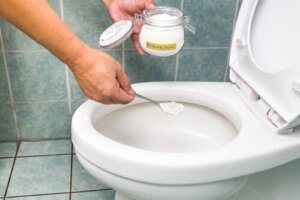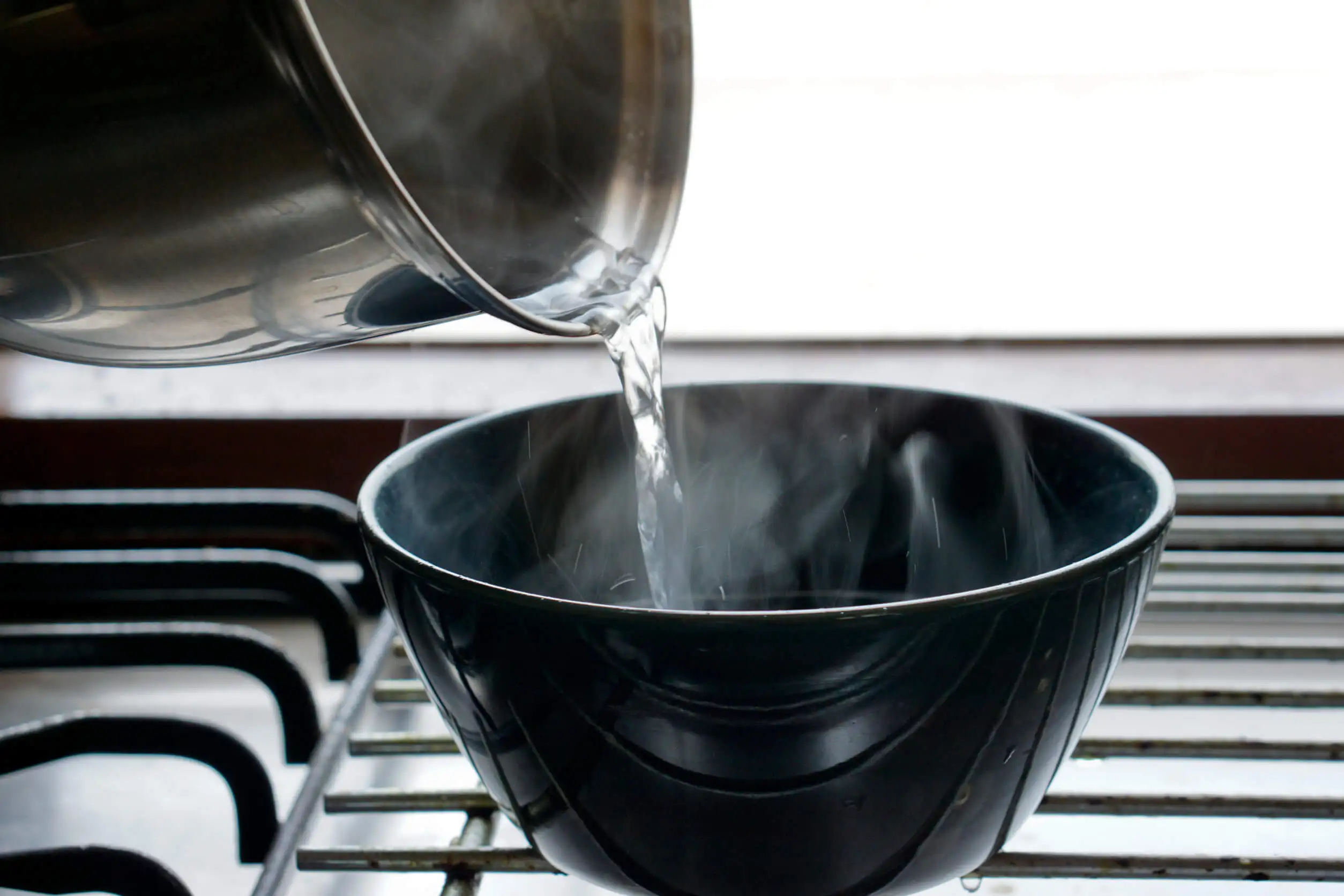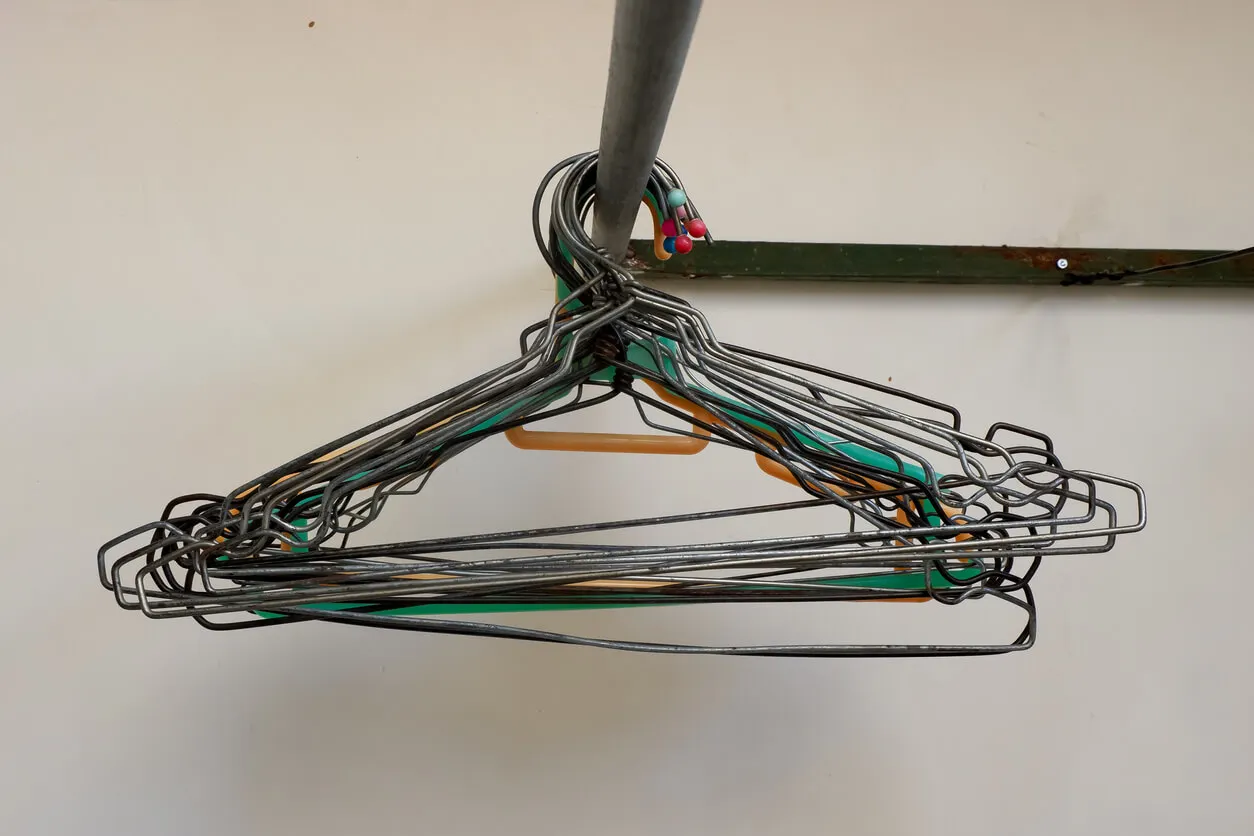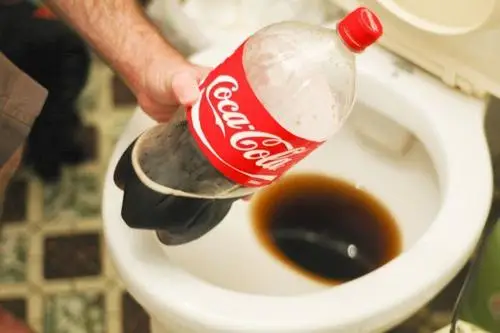Easy, Efficient Tricks to Unclog a Toilet Without a Plunger

How to unclog a toilet should be common knowledge. Therefore, it’s a good idea to know how to solve this common problem in an easy and very fast way – even if you don’t have a plunger.
Knowing the tricks we have for you will get you out of trouble and will allow you to save money because you won’t have to spend extra on plumbing. Read on, take note of these tips, and you will never have to suffer again when faced with this situation!
Homemade tricks to unclog a toilet without a plunger
Toilets can clog for different reasons and have different levels of obstruction. No matter what your case is, you should know that there are very simple homemade options to solve this problem without spending a lot of money and without having to use a plunger.
1. Use hot water
The first of the tricks to unclog a toilet without a plunger is the simplest in the world: it only requires a little hot water. This tip is very useful when the blockage is generated by toilet paper or something that can be easily diluted.
Here’s what you have to do:
- Bring two liters of water to a boil.
- Turn off the heat and pour the liquid forcefully over the toilet. Be very careful not to burn yourself.
- Allow the water to act for a few minutes and flush the toilet to verify that the blockage has been resolved.
- If it still does not work well, add a little baking soda directly into the toilet and repeat the hot water procedure.

2. A baking soda and vinegar mixture
Continuing with the homemade options to unclog the toilet without a plunger, we can find a perfect and inevitable couple from our household cleaning tools: baking soda and vinegar.
In this case, the mixture will serve to solve obstructions that are not caused by solid objects. So, what should you do? Here’s what you need to do:
- Put 3 tablespoons of baking soda in a bowl.
- Then, add 2 cups of vinegar and allow the reaction to take place.
- Pour this new product into the toilet and let it act for 5 minutes.
- Flush the tank and check that the clog has gone away.
Like this article? We think you may also like to read: Four Alternative Solutions for a Clogged Drain
3. Liquid dish soap
Liquid dish soap is very useful for unclogging your toilet because it lubricates the pipe, making the blockage go away once and for all.
- Pour half a cup of liquid dish soap into the toilet.
- Let it act for a few minutes and verify that the trick has worked.
If you don’t have liquid soap, don’t worry. You can use pieces of solid hand soap. In this case, follow the steps below:
- Chop up the solid soap.
- Then, add the pieces to two cups of water and let them disintegrate.
- With gloves on, you use your hands to help the soap disintegrate well.
- Place the result in the toilet and allow it to work.
4. Use a wire hook
One of the easiest ways to unclog a toilet without a plunger when dealing with a solid object that has fallen into the toilet is with a wire hook. All you have to do is the following:
- Disassemble and straighten the wire clothes hook.
- Take a rag to grip the hook more firmly and secure it.
- With your utensil ready, you are going to push hard on the object that is generating the problem. Do this in a circular motion.
- Pull the chain and check if this homemade trick has already worked.

5. Cola soda can also be a great ally to unclog a toilet
The last of the homemade tips to unclog a toilet without a plunger includes a well-known drink that has an incredible action when it comes to clearing pipes – and not only those of the bathroom. Cola soda has carbonic acid and phosphoric acid, which will disintegrate whatever was keeping your toilet from working properly.
Adding this liquid to your toilet will also help eliminate the rust that is common in pipes. In fact, research (Spanish link) indicates that the sodium benzoate in this soda acts as a corrosion inhibitor.
Here’s how to use it:
- Measure out 2 cups of this product and pour it down the toilet.
- Let it act for a few minutes and check that everything is in order.

How to prevent toilet clogs
Now that you know how to unclog a toilet without a plunger, it’s time to learn how to avoid annoying clogs in the first place. To do this, remember the following:
- Take care of your toilet so that no objects fall inside it that could clog it. It’s best not to have products on top of the tank to minimize the risk of clogs.
- Every time you clean your toilet, repeat the trick of hot water with baking soda to remove the debris that sticks to the pipes.
- Keep the toilet lid down, especially if you have small children, to make sure nothing foreign falls in.
- Keep good rubber gloves near your toilet so that you can remove anything that falls into it in the shortest possible time.
We think you may also like to read this article: Five Tips to Efficiently Remove Limescale from the Toilet
Did you know how to unclog a toilet without using a plunger?
Unclogging a toilet without a plunger is possible, simple, and very cheap. Surely you have many of the products that we’ve talked about here already lying around at home. Overall, they will save you both time and money.
Before calling the plumber, try some of the tricks we’ve shared with you here. However, if the blockage is extreme and nothing else works, then you should turn to a professional.
All cited sources were thoroughly reviewed by our team to ensure their quality, reliability, currency, and validity. The bibliography of this article was considered reliable and of academic or scientific accuracy.
- Saavedra Navarrete, L. (2017). Tecnología electroquímica y sus aplicaciones: Inhibidores de corrosión a partir de residuos agroindustriales. ITESO. Universidad Jesuita de Guadalajara. https://rei.iteso.mx/handle/11117/4950?show=full
This text is provided for informational purposes only and does not replace consultation with a professional. If in doubt, consult your specialist.








